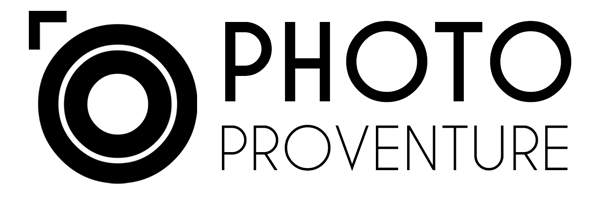To achieve natural outdoor flash photography, it’s all about the little things. In parts 1 & 2, I covered:
- Choosing Your Key Light
- Figuring out the Direction of Light
- How to Balance Light Intensity
- Using a Hard or Soft Light
In this post I cover the final two consideration when shooting with flash outdoors.
- Colour Temperature
- Modifier Shape
These two are the little details that can make a big difference, especially in specific situations.
Colour Temperature
Most flash tubes are “daylight” balanced, meaning that the colour temperate is very similar to regular sunlight. So in many cases, colour temperature won’t be something you need to think about. There will be times when you’re outside and the natural light in the space is either warmer or cooler than daylight.
Cooler than Daylight
You’ll see this most often when shooting in the shade, cloudy days or during blue hour. So far, I haven’t found a need to change anything in these situations. That’s because I usually like the effect of having my subject look a bit warmer; people generally look better in warm light.
The other benefit of this combination comes from how the human brain interprets the world. Think about any image where the scene is deep and the background is showing layers as it goes into the distance. What do you notice?
You’ll find that as things get further and further away, they get less contrasty (misty sometimes) and bluer (cooler). Our brain naturally interprets cooler colours to be further away than warm colours. If your subject is lit by a warmer flash in these situations, s/he will stand out more to the viewers brain.
Warmer than Daylight
These are the situations where you may want to try to match the colour of the ambient light. This usually occurs during sunrise and sunset (but not blue hour).
In these cases you may want to use a gel to warm up the flash’s colour and get it closer to the light you’re seeing.
When my wife and I were traveling to Kakadu National Park, I was just testing how to get natural outdoor flash results. Also, before you go any further, I’d like to point out that we don’t generally worry about our outfits when we’re hiking and traveling around in a camper van… 😉

Here I am setting up a Nikon SB700 (affiliate link) with a warming gel to match the warmth of the upcoming sunset. Photo courtesy Rachel Korinek.

Early in the sunset, the strobe light was warmer than the sunlight but still in the same range. You can see the shadow the flash is creating to the left of Rachel’s arm.

Rach then took a photo of me with the same set up. As the sunset got warmer, I was able to create a fill light with a natural colour temperature.
Some photographer prefer keeping their flash “white” because of the look they’re going for. It can be beautiful although it can be a telltale sign of strobe use to the viewer.
Modifier Shape
This is something you’ll want to think about anytime you have specular highlights. That’s because you’ll see the shape of the modifier reflected back to the camera. You’ll find these specular highlights outdoors in the following:
- sunglasses
- eyes
- windows
- metallic objects
- anything else that’s shiny
Here’s how I think about outdoor and indoor situations with specular highlights.
| Location | Light Source | Modifier Shape |
| Outdoors | Sun or clouds | Circular |
| Ourdoors | Window reflections or underneath manmade structures | Rectangular |
| Indoors | Windows | Rectangular |
| Indoors | Light bulb | Circular |
| Indoors | Lamps or lighting fixates | Depends |
Since I knew I was going to be up close for this shot of Carly, I made sure to use an octa – the closest I had to a circular modifier. Can you picture how it would look had I used a rectangular soft box? Do you think it would have appeared as natural?

The catchlight in Carly’s eye is a specular highlight. Since we were outdoors, I chose a circular modifier to emulate that natural light that would occur.

Here’s the approximate lighting set-up for the shot of Carly above. My assistant was holding a 2′ OCF Octa (affiliate link) attached to a Profoto B2 (affiliate link).
If you don’t have specular highlights in the frame, then the shape of the modifier isn’t as important as the quality of light it produces (hard or soft).
Final Thoughts on Natural Outdoor Flash
Balancing artificial flash with ambient lighting is all about the little details, especially when you want to get a natural look. Remember that no matter what, stay true to your vision and you can’t go wrong. So don’t get too bogged down in the technical and forget to capture something that inspires you.
So do you think I covered it all? Is there anything I missed?
Would love to hear your thoughts below or holla at me on Twitter or Facebook. If you test out any of these techniques and want some creative feedback, join the Photo Proventure Community on Facebook (we’re starting small!).
MK






No Comments